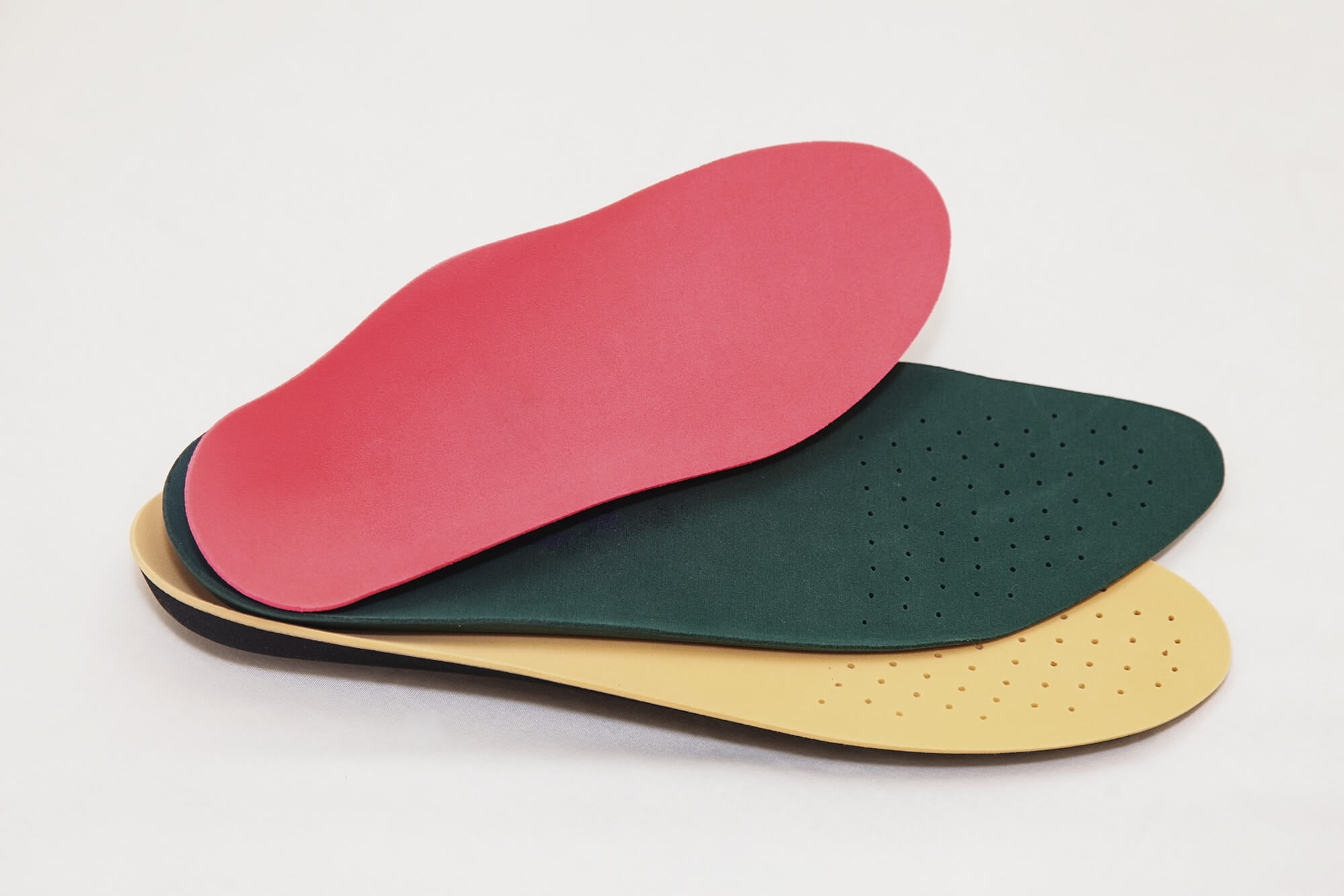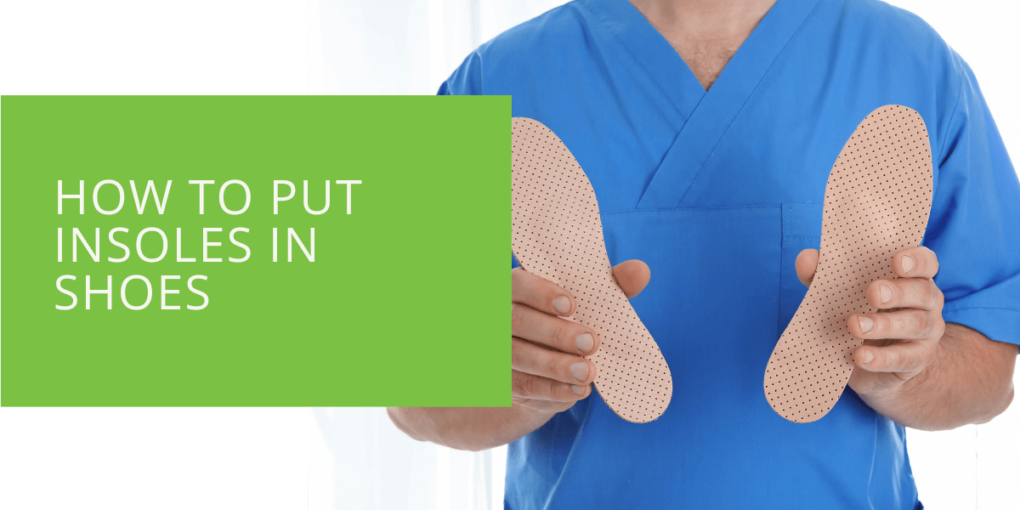How to Put Insoles in Shoes
Are your feet in need of some extra support and comfort? Insoles, or orthotics, can be a game-changer when alleviating foot pain and improving overall foot health. But how exactly do you put insoles in your shoes? This comprehensive guide will walk you through the process step by step, ensuring you get the perfect fit for your feet.
Understanding Insoles
Before we delve into putting insoles in your shoes, let's take a moment to understand what insoles are and why they are important. Insoles are specially designed inserts that fit inside your shoes to provide additional support, cushioning, and alignment for your feet. They can help alleviate conditions such as plantar fasciitis, flat feet, and overpronation.
Different types of insoles are available on the market, including off-the-shelf and custom-made options. Off-the-shelf insoles are pre-designed to fit various shoe sizes and can be purchased from stores or online. On the other hand, custom-made insoles are specifically tailored to your foot's unique shape and condition and are typically recommended by podiatrists or foot specialists.
Preparing for Insole Placement
Before inserting your new insoles, it's important to ensure your shoes are clean and dry. If applicable, remove any existing insoles or inserts from your shoes. This will create room for your new insoles and prevent unnecessary discomfort or overcrowding inside the shoe.
Step-by-Step Guide to Putting Insoles in Shoes
Now that your shoes are prepared let's dive into the step-by-step process of putting insoles in your shoes:
- Remove Existing Insoles: If your shoes already have insoles inside, carefully remove them and set them aside.
- Place the Insoles in the Correct Orientation: Position the new insoles inside your shoes with the heel end of the insole aligning with the back of the shoe. Ensure the insole is centered and covers the entire shoe length.
- Adjust the Position for Optimal Fit: Once the insoles are in place, adjust them to ensure they sit comfortably against the inside of the shoe. Pay attention to the arch support, ensuring it aligns with your foot's natural arch.
- Ensure Even Distribution of Pressure and Support: Press your foot down onto the insole to lie flat against the shoe's sole. Ensure the insole provides consistent support and doesn't slide or bunch up.

Tips for Proper Insole Placement
To achieve the best fit and comfort, consider the following tips when putting insoles in your shoes:
- Align the Arch Support: Ensure that the arch support of the insole aligns with your foot's natural arch. This will provide optimal support and prevent any discomfort.
- Avoid Bunching or Folding: Check that the insole lies flat and doesn't bunch up or fold inside the shoe. This can cause discomfort and affect the fit.
- Cover the Entire Length: Make sure the insole covers the entire length of the shoe, from the heel to the toe. This ensures that your foot receives complete support and cushioning.
Testing the Fit and Comfort
Once you have placed the insoles in your shoes, it's time to test the fit and comfort. Put on your shoes and walk or stand for a few minutes. Pay attention to any areas that feel uncomfortable or require adjustment.
If you experience any discomfort or the insoles don't feel quite right, don't worry! Minor adjustments can be made by repositioning the insoles or trimming them to fit your shoes better. Remember, the goal is to achieve maximum foot comfort and support.
Maintaining and Replacing Insoles
To ensure the longevity and effectiveness of your insoles, it's important to take care of them properly. Here are some tips for maintaining and replacing your insoles:
- Cleaning and Deodorizing: Regularly clean your insoles to remove dirt and odors. Depending on the material, you can use mild soap and water or follow the manufacturer's instructions. Allow them to air dry completely before placing them back in your shoes.
- Monitoring Wear and Tear: Keep an eye on the condition of your insoles. Over time, they may show signs of wear, such as flattened cushioning or cracks. If you notice any significant deterioration or loss of support, it's time to replace them.
- Knowing When to Replace: The lifespan of insoles varies depending on factors like usage and the quality of the materials. However, as a general guideline, consider replacing your insoles every 6-12 months or when they no longer provide adequate support and comfort.
Custom Insoles and Other Considerations
If you have specific foot conditions or require additional support, custom-made insoles might be your ideal choice. These insoles address your unique foot shape, providing targeted support and cushioning. To get custom insoles, consult a podiatrist or foot specialist who can assess your needs and recommend the right solution.
It's also worth mentioning that some insoles are removable, while others are designed to stay permanently in your shoes. If you have removable insoles, you can easily switch them between different pairs of shoes, providing consistent support wherever you go.
Conclusion
Putting insoles in your shoes is a simple yet effective way to enhance foot comfort and support. By following the step-by-step guide and considering the tips mentioned in this article, you can ensure a proper fit and reap the benefits of wearing insoles.
Remember, investing in a new pair of insoles is as important as selecting a comfortable pair of shoes. Take the time to research and purchase insoles that are suitable for your specific needs. Your feet will thank you for your extra care and attention.
So, don't hesitate to give your feet the support they deserve. Put those insoles in your shoes and enter a world of comfort and happy feet!

